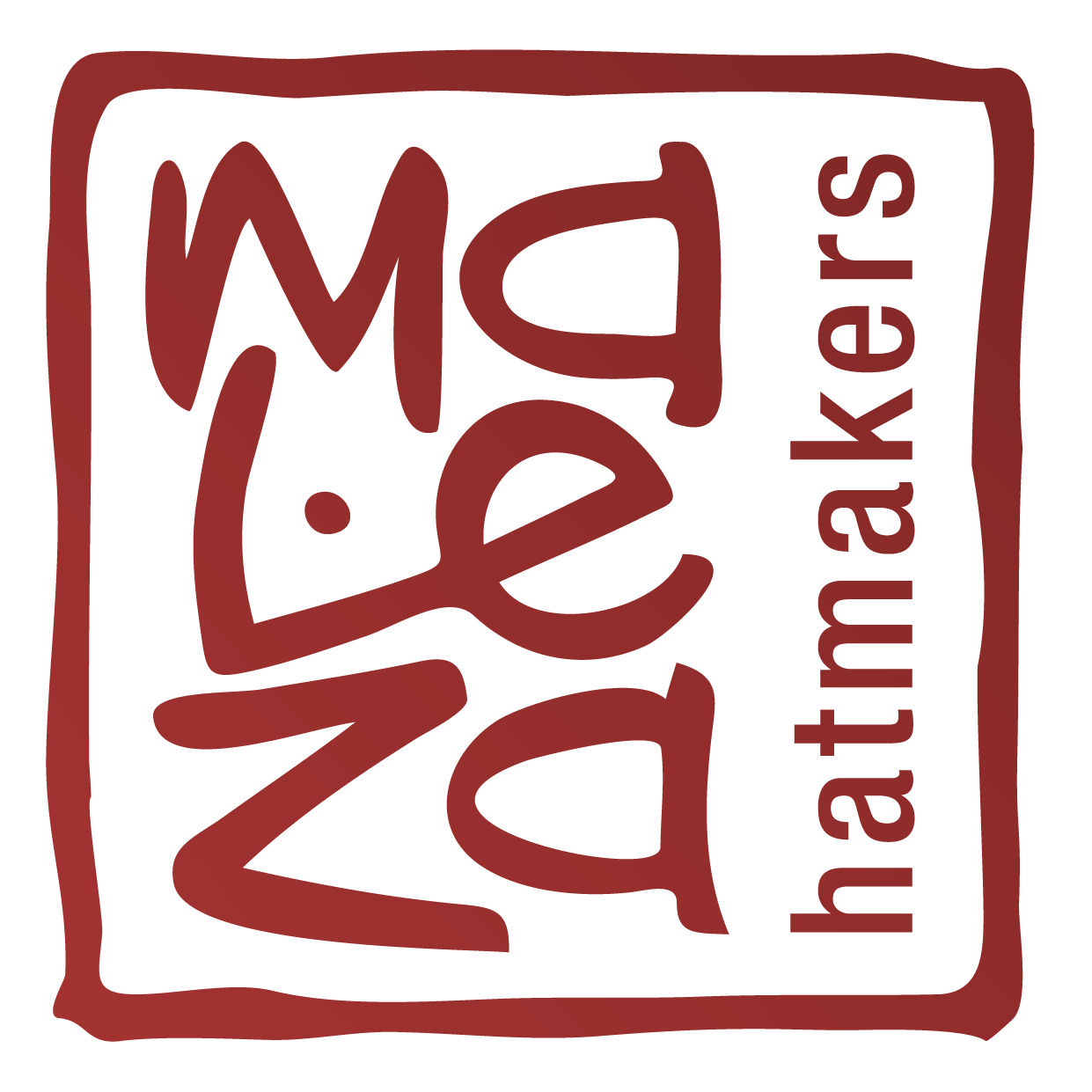CARBÓN
The CARBÓN project was born from the desire to rescue and repurpose the wonderful yet aged and imperfect felt used in hats from the first half of the 20th century. For some time now, we have been sourcing felt from vintage hats found in antique shops and second-hand stores to create new designs—our own contemporary pieces crafted from this old, pre-loved material. This approach stems from our commitment to reuse what already exists and to reduce the overproduction of textiles on our fragile, overburdened planet.
In many cases, despite confirming that the felt is of exceptional quality, the hats have suffered the inevitable ravages of time and wear, leaving them with marks, damage, and flaws too prominent to use the material as is. It is in these instances that we set ourselves the challenge of not discarding the felt, but instead finding a way to transform it into something that goes beyond mere recycling.
How can we conceal, mask, or alternatively, highlight and even enhance that worn, deteriorated look? When soap and water are no longer enough, fire emerges as a radical yet fitting solution. Fire becomes a transformative tool, creating a unifying and restorative patina.
Burning is not new to hat-making. In traditional hat craftsmanship, after sanding the felt, residual lint must be removed. The classic solution involves lightly spraying the hat's surface with alcohol and then briefly igniting it with a match for no more than five seconds. This controlled flame cleanses the surface, burning away excess fibers.
Our technique, however, takes this concept much further. We embrace fire as a profound act of catharsis, not a mere cleanup step. Using a blowtorch, we ignite the felt's surface until it bubbles and scars. The texture changes, and the material gains a quality reminiscent of suede that has been worn and polished over time, developing a unique sheen and patina—becoming something altogether new.
Through a careful process of rehydration with selected substances, this newly charred, dry, and rigid material is softened and transformed into a supple, elastic texture with a raw and rugged appearance. The result evokes the weathered skin of an old sailor, the patina of rusted metal, or a rock cloaked in lichen.
Paradoxically, what was once destined for disposal is reborn from the ashes as one of our most valuable and treasured collections—celebrated for its originality and technical complexity. A new, mysterious entity has emerged, seemingly having struck a pact with time itself, now frozen in place.
The deliberate choice to work in this way and with this material speaks volumes about how we wish to exist in the world. Creativity and care are the defining values of this ongoing project—a collection that knows no calendar or map, existing simply for those who discover it.







